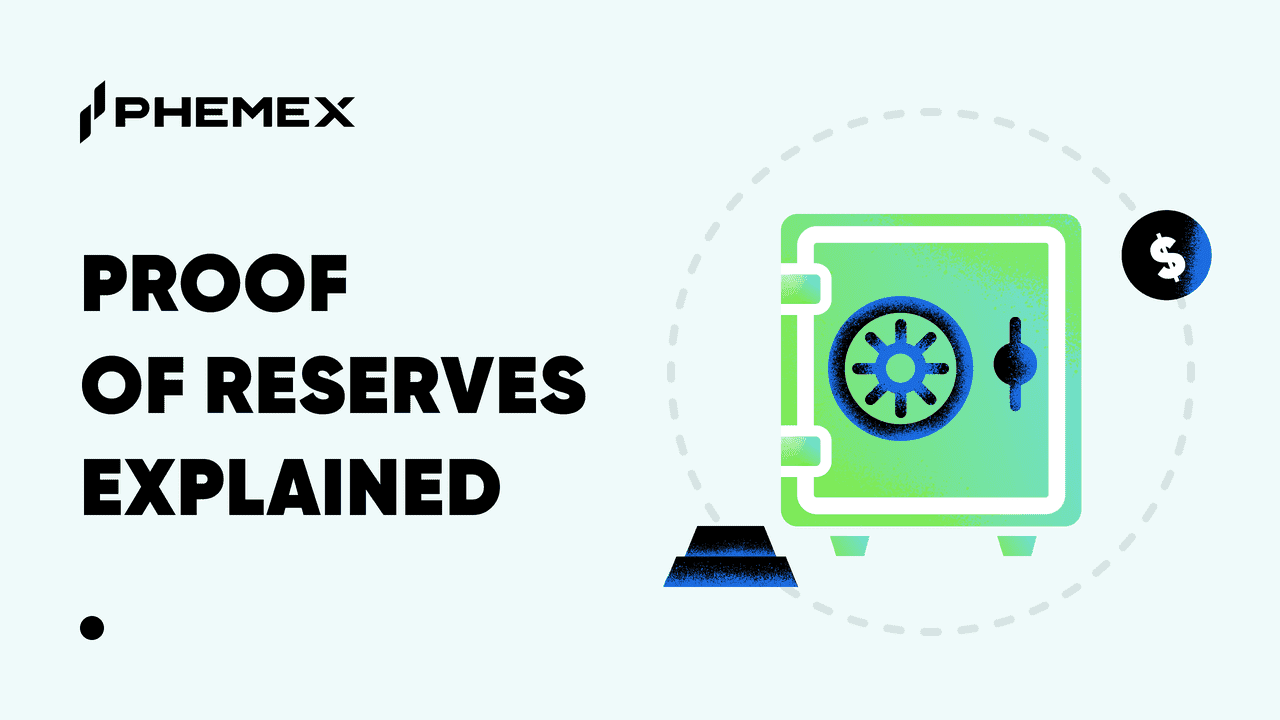Summary
- NuCypher is a platform that caters to a specific use-case: data protection and privacy for distributed applications on blockchain networks.
- Codenamed ‘Keanu,’ the merger between NuCypher and Keep will bring the functions and communities of both protocols together, but the two companies will remain separate.

Privacy is a complex topic in cryptocurrency circles, especially when it’s about making transactions anonymously. Most countries still have no regulations for privacy-focused tokens, while some have outright banned them. However, financial applications deal with a lot of sensitive information – information that’s potentially very valuable. Privacy in these cases is paramount, and regulators see transaction transparency as a top priority. But not all information should be made public.
What is NuCypher?
NuCypher is a platform that caters to a specific use-case: data protection and privacy for distributed applications on blockchain networks. When Bitcoin launched, experts worldwide proclaimed their skepticism with zeal, arguing that decentralized networks were too slow and unreliable to cater to the modern financial system. However, the advent of programmable smart contracts on Ethereum a few years later may have tipped the scales in crypto’s favor.
DApps are essentially software that executes code on the blockchain. In Ethereum’s case, the network allows individual DApps to create their own standardized tokens to help streamline their operations. These tokens can then be exchanged for the native Ethereum token (ETH), which helps generate value for the application while making it more straightforward for developers to cash out.
Ethereum is a public ledger of transactions, meaning anyone with access to the Internet can view the network’s complete transaction history. However, DApps don’t just deal with their own data and sometimes require encrypted channels to send and receive data from other related applications.
What is the NuCypher Coin?
NuCypher is about trustless privacy
Today, encryption is one of the most critical components of the Internet, with secure protocols for exchanging information being in development for decades. NuCypher isn’t just about data privacy — it’s about trustless data privacy. When we use a service like Emails, our messages are encrypted securely throughout their journey to the recipients’ inboxes. However, the security of its contents still depends on the integrity of the centralized Email solution used.
While the trusted party itself may not behave maliciously, hackers can still attack a single point of failure. This risk was previously only solvable by creating larger, more secure, less transparent centralized solutions. By using a decentralized key management system, NuCypher affords developers the ability to store, share, and manage data privately on publicly managed blockchains.
NuCypher allows owners to issue and revoke data access
NuCypher doesn’t just aim to prevent unauthorized access to data — it also allows the data owner to issue and revoke access to said data. This means DApps can be fully compliant with regulations while also protecting financial information from bad actors and centralized attacks. The network also has its own NU token, which is used for the sole purpose of staking. Participants can only run a NuCypher node by staking NU as collateral, slashed as a penalty for acting against the network.
Staking NU Token
Since nodes receive pay-outs in ETH, the NU token is genuinely only used for staking purposes.
Implemented as a second layer on top of the Ethereum blockchain, the NuCypher network provides DApps with a set of nodes optimized to conduct secure, cryptographic operations in a decentralized manner, allowing encrypted data to be shared with someone securely, using an encryption key for data decryption. On most blockchain systems, the encryption key is created using the recipient’s public key to unpack the data using their private key. However, this creates problems when sharing encrypted data with multiple recipients because the sender has to make multiple encryption keys.
Threshold proxy re-encryption
NuCypher solves this problem through what is called ‘threshold proxy re-encryption.’ While that’s undoubtedly a mouthful, it’s a simple concept when broken down. Essentially, it allows an untrusted proxy node to re-encrypt data that has already been encrypted with the sender’s public key. Giving the proxy permission to re-encrypt the key with the recipient’s public key allows the sender to create a single encryption key for all recipients and allow or deny any of them access to the data stream.
What does NuCypher provide to users and apps?
The concept of proxy re-encryption has existed for decades, but it’s only recently been applied to distributed systems. NuCypher not only allows DApps to store and share data securely without a trusted intermediary, but it also performs the re-encryption atomically, without decrypting or storing any private information. This is particularly useful for decentralized networks, where nodes are typically pseudonymous and shouldn’t be trusted with sensitive information.
What does nucypher use to protect your data?
- Threshold cryptography
The network’s nodes also allow the system to add a threshold component to its proxy re-encryption. Threshold re-encryption systems break up cryptographic keys across many nodes on the network and require a certain threshold number of signing nodes to gain access to any data. Not only does this prevent any single node from taking unilateral action, but by requiring a threshold, it also prevents the system from stalling if a fraction of the network went offline.
Threshold cryptography has a wide variety of use-cases in centralized and decentralized systems, like secret sharing, random number generation, multi-sig encryption, and distributed key generation. The team behind the project consists of a mix of computer scientists and distributed systems engineers that have previously built cryptographic libraries like NuFHE, a fully homomorphic encryption library, and ZeroDB, an end-to-end encrypted database.
What is the history of NuCypher?
Founded by Maclane Wilkinson and Micheal Egorov in 2015, NuCypher was created to provide data protection and encryption for the movement of information and computation securely to the cloud. From an early stage, they focused on working with industries that deal with large amounts of sensitive data, like finance and healthcare, and have even run experimental environments for large banking institutions.
The firm even secured a spot in Y Combinator’s 2016 Summer class, which later led to them receiving $750,000 in seed funding. From 2017 onward, NuCypher set its sights on adapting its products to smart contracts to offer the same secure data storage and privacy features to decentralized applications.
Simple Agreement for Future Tokens (SAFT)
NuCypher adopted a token-based model to reduce platform risk further, seeking funding through a token sale to support its new direction. However, the company later decided not to conduct the sale and instead ran a $4.4 million Simple Agreement for Future Tokens (SAFT) in December 2017.
SAFTs are investment contracts offered to accredited investors treated as securities and must comply with securities regulations. After its first SAFT, NuCypher built various early models, including its public federated testnet in October 2018 and its private counterpart a month later. One year later, the company launched its public testnet around the time it received $10.7 million in funding from a second SAFT.
NuCypher Stakers
Staking on the network involves operations handled by two kinds of nodes – stakers and workers. Stakers are essentially proxy administrators that hold NU tokens and collect rewards, while workers perform functions on behalf of the staker they are bonded to. NuCypher stakers can even manage more than one stake, which are initiated by locking NU tokens into an escrow contract for a fixed duration of time.
Stakers generate revenue through both NU inflation rewards and policy fees in ETH. The staked NU gradually becomes available with each completed staking period (a week) based on the re-stake and wind-down configurations. They delegate active work to their worker nodes, which are bonded to them in a 1:1 relationship. Each staker controls a single Ethereum account, and though they can have multiple sub-stakes at once, they are only ever bonded to one worker node at a time.
Misbehavior is met with stake slashing, which disincentivizes nodes from acting maliciously, either deliberately or unintentionally. Workers also carry out threshold cryptography operations and must remain online to provide uninterrupted on-demand service. These nodes signal their availability through a commitment transaction (~200,000 gas) at the start of each period.
From delegating custody of NU tokens and work to a third-party custodian or staking pool to controlling the staker independently and running your own worker, there are many ways to run and maintain a stake. Network participants can also acquire NU tokens through the platform’s WorkLock distribution mechanism, which requires users to send ETH to an escrow contract in exchange for NU.
This creates a permissionless network node setup enabling anyone to stake ETH, run a node, and receive NU tokens, making room for a robust infrastructure of distributed nodes supporting a powerful decentralized network. In addition, the use of threshold cryptography could result in some exciting projects integrating with the network, perhaps using threshold BLS signatures.
This could enable the network to interact with applications on Ethereum 2.0 and other BLS-based networks, linking the NuCypher network with the whole decentralized finance ecosystem. The network is also Sybil resistant through its NU tokens staking requirement, making it taxing for malicious entities to attempt a network takeover. NU stakers can also submit and validate proposals that influence the network through the NuCypher DAO, such as pricing and upgrades to contract code.
Keeping Keanu Together: NuCypher + Keep
Mergers often lead to enormous companies that dominate markets until someone comes and breaks it up again, but a merger between decentralized networks requires setting aside some assumptions. Recently, the NuCypher project announced that it would be ‘hard merging’ with the Keep network, another blockchain-based encryption project on the Ethereum network.
Not THE “Keanu”
Codenamed ‘Keanu,’ the merger will bring the functions and communities of both protocols together, but the two companies NuCypher and Keep, will remain separate.
What it means to merge decentralized networks?
The concept of merging decentralized networks is not entirely new, with projects like Yearn Finance and Sushi Swap having announced similar plans in the past. However, this merger between Keep and NuCypher hopes to enable operators to perform work on both platforms.
1 Cryptocurrency deposits
Both networks manage cryptocurrency deposits worth hundreds of millions of dollars, and these threshold cryptosystems are a perfect couple for blockchain networks that encourage trust minimization and censorship resistance. Both projects were launched last year, with Keep having spun out into a new company called Thesis, which allowed users to lock up Bitcoin in a decentralized manner for use with DeFi applications on Ethereum.
2 Independent software development
Both companies will continue to develop software for their respective use-cases on Keanu. With the networks merging, this does raise the question of whether more networks will start to join forces. A consolidation of blockchain networks sounds like it could have a severe impact on decentralization.
3 Ensures higher levels of decentralization
A blockchain merger lets more nodes work on more operations, improving the network’s performance and distributing data even further. Unless nodes begin merging behind the scenes, there could even be higher levels of decentralization, and more network mergers could even lead to the more efficient use of development resources. Currently, the ‘Keanu’ name is just a placeholder for the combined network. As a decentralized autonomous organization (DAO), the network can change its name to anything it chooses.
After its launch, both the Keep and NuCypher tokens will be usable for staking purposes on the network. According to the teams, the main competition for blockchain-based companies isn’t other firms in the industry but companies catering to the existing traditional infrastructure.
When NuCypher and Keep saw that they had similar plans for the future, the merger seemed to make a lot of sense. Regardless, it’ll be interesting to see how these platforms evolve as more projects decide to join hands.
Read More
- What is Kyber? On-Chain Liquidity Protocol
- What is Neo: China’s Smart Contract Platform
- What Are Decentralized Applications (dapps)?
- What is Know Your Customer (KYC) and how does it work in Crypto?
- Crypto Exchange Security in 2024
- What is The Threshold Network and Token (T): The On-Chain Merger to Link BTC to ETH
- What is Cryptocurrency & How It Differs From Digital Cash
- https://phemex.com/academy/defi









